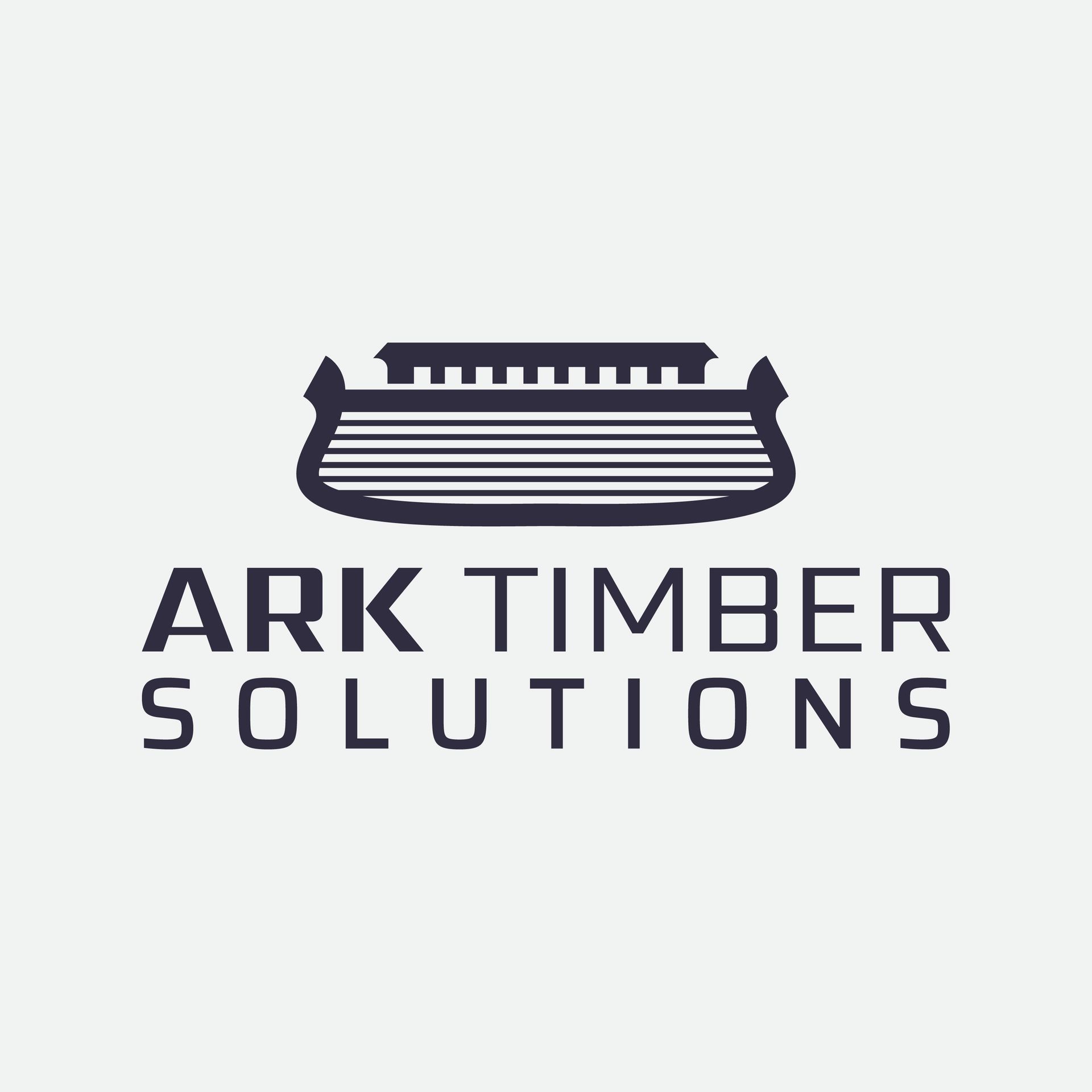Exploring the Benefits of Timber Frame Construction for New Builds
Introduction to Timber Frame Construction
Timber frame construction has been a preferred method for building homes and structures for centuries. Known for its durability and aesthetic appeal, this construction technique is gaining popularity in modern architecture. But what exactly are the benefits of timber frame construction for new builds? Let’s delve into the advantages that make it an excellent choice for both residential and commercial projects.

Environmental Benefits
One of the most significant advantages of timber frame construction is its environmental impact. Timber is a renewable resource, and when sourced responsibly, it can significantly reduce the carbon footprint of a building project. Unlike materials such as steel or concrete, wood absorbs CO2, making it a carbon-negative material. This means that choosing timber for your construction needs not only reduces emissions but also helps in combating climate change.
Sustainability
Another sustainable aspect of timber frame construction is that it often requires less energy to produce and transport compared to other building materials. Additionally, timber frames can be designed to accommodate high levels of insulation, which enhances the energy efficiency of the building. This results in reduced heating and cooling costs over the lifetime of the building.

Design Flexibility
Timber frame construction offers unparalleled design flexibility. The strength-to-weight ratio of timber allows for large open spaces, which are ideal for modern architectural designs. This flexibility also means that timber frames can be easily adapted, modified, or extended, offering homeowners and architects more creative freedom.
Architectural Aesthetics
The natural beauty of timber adds warmth and character to any structure. Exposed beams and trusses can be used as a stunning architectural feature in both traditional and contemporary designs. This aesthetic appeal is one reason why many homeowners prefer timber frame homes over more conventional construction methods.

Structural Strength and Durability
Timber is not only aesthetically pleasing but also incredibly strong and durable. Advanced engineering techniques have improved the strength of timber frames, allowing them to withstand substantial loads and forces. This makes them suitable for various climates and natural conditions, including areas prone to earthquakes.
Fire Resistance
Despite common misconceptions, timber frames offer impressive fire resistance. Large wooden beams char on the outside when exposed to fire, which creates a protective layer that helps maintain the structural integrity of the frame. This inherent fire resistance makes timber a safe choice for construction.
Cost-Effectiveness
Cost is always a critical factor in any construction project, and timber frame construction can offer substantial savings. The speed of assembly reduces labor costs, while the precision in manufacturing components minimizes waste. Furthermore, the enhanced energy efficiency of timber frame buildings leads to long-term savings on energy bills.
- Reduced labor time due to faster assembly.
- Minimal waste due to precise manufacturing.
- Lower long-term energy costs.
Conclusion
In conclusion, timber frame construction presents numerous benefits for new builds, ranging from environmental sustainability and design flexibility to structural strength and cost-effectiveness. Whether you're embarking on a residential or commercial project, considering timber as a primary material can lead to a more efficient, sustainable, and beautiful outcome.
